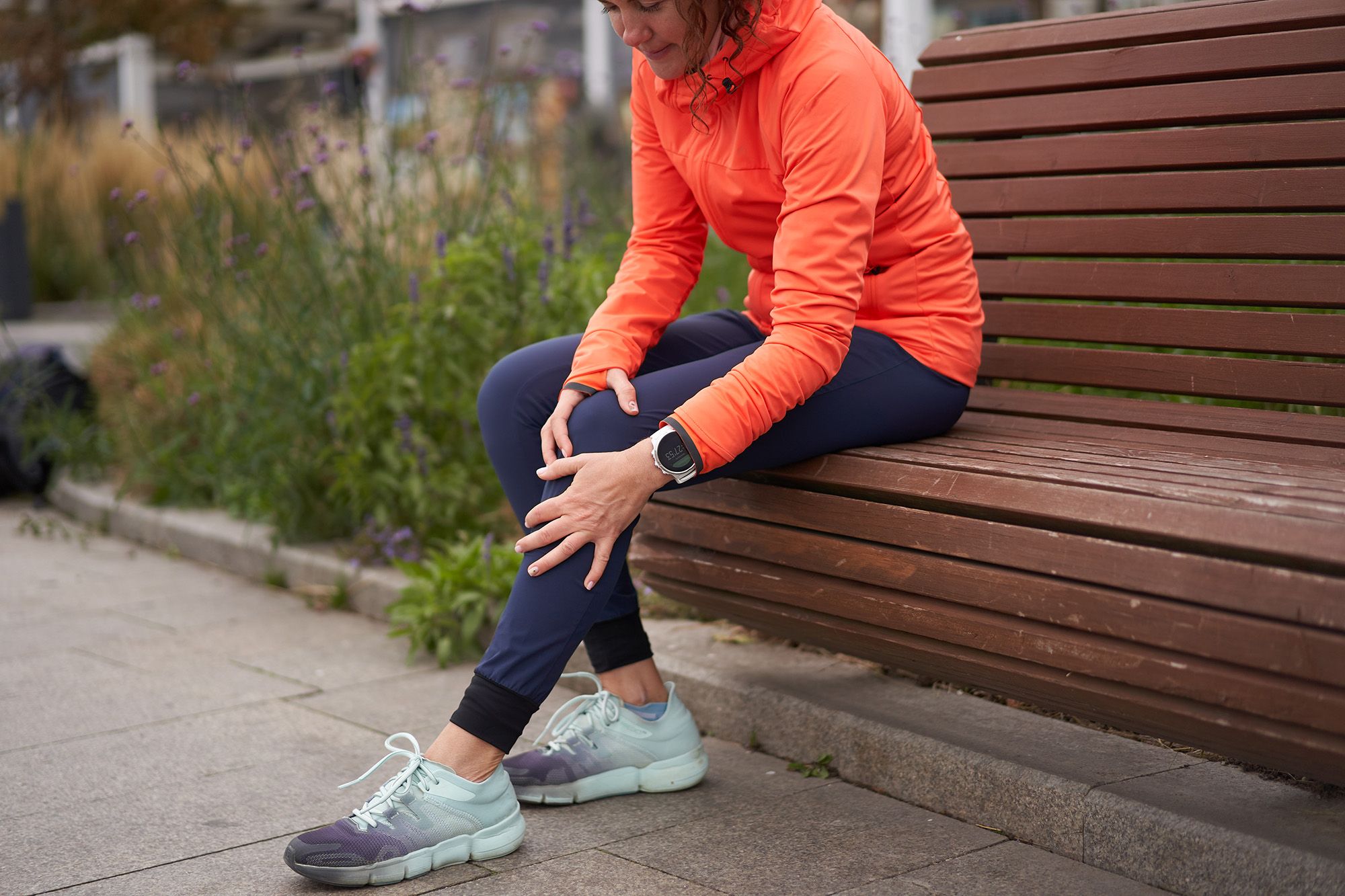Are you alarmed by the onset of performance issues when you run? Do you feel discomfort on one side of your knee? Have you lost focus and confidence because of excessive pain?
If you answered yes, it may be that you have a runner’s knee pain, also known as patellofemoral pain syndrome (PFPS). This can have serious repercussions if not taken care of in time.
But what are the causes? How do you deal with a runner’s knee pain? Keep reading and learn the five causes of PFPS.
Contents
1. Excessive Running
One of the most common causes of a runner’s knee pain is overuse. When runners increase their mileage too quickly or don’t give their bodies enough time to rest and recover, they can experience knee pain.
The repetitive motion of running can also cause wear and tear on the cartilage underneath the kneecap. This leads to pain and inflammation.
To prevent overuse injuries, it’s important to gradually increase your mileage. Give your body time to rest and recover. Listen to your body when it tells you it needs a break. Rest and seek medical attention, including orthopedic services, if necessary.
2. Weakness in the Hip Muscles
Another common cause of a runner’s knee pain is weakness in the hip muscles. When the hip muscles are weak, they can cause the knee to track improperly. This leads to irritation of the cartilage underneath the kneecap.
To prevent weakness in the hip muscles, it’s important to incorporate hip strengthening exercises into your training routine. Do exercises such as clamshells, side leg raises, and squats.
3. Wearing Incorrect Footwear
Wearing the wrong shoes can contribute to a runner’s knee pain. If your shoes don’t provide enough support or cushioning, they can cause added stress on your knees.
Make sure you have the right type of shoes for your foot type and the surfaces you run on. Consider visiting a running store or an orthopedic specialist to get fitted for the right shoes.
4. Imbalance in the Thigh Muscles
When the quadriceps muscles are stronger than the hamstring muscles, they can pull the kneecap out of alignment, causing pain and inflammation. To prevent this condition, it’s important to incorporate exercises that strengthen both the quadriceps and hamstring muscles. Do lunges and deadlifts.
5. Tightness in the IT Band
The IT band is a thick band of tissue that runs down the outside of the thigh. This can contribute to a runner’s knee pain.
When the IT band is tight, it can cause friction on the outside of the knee, leading to pain and inflammation. To prevent this, it’s important to stretch the IT band regularly, using foam rollers or other stretching tools.
Learning More About Runner’s Knee Pain and Its Prevention
Runner’s knee pain can be a frustrating condition that can put a damper on your training routine. However, with the right care and attention, it can be prevented and treated.
Start incorporating strength training exercises. Wear the right shoes. Take care of your body. This way, you can keep your knees healthy and pain-free.
Go to a specialist to treat knee pain. With proper care, you can get back to running and enjoying your training routine in no time.nHave you learned a lot from this article? If you’re looking for more interesting reads, visit our blog!

